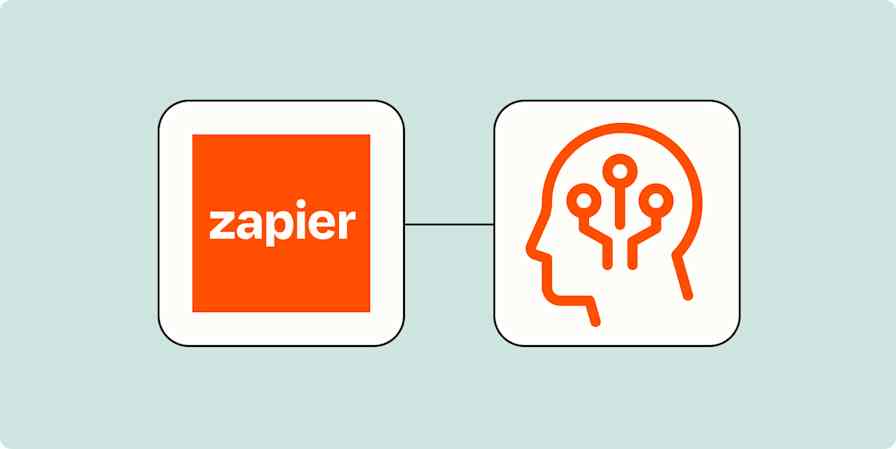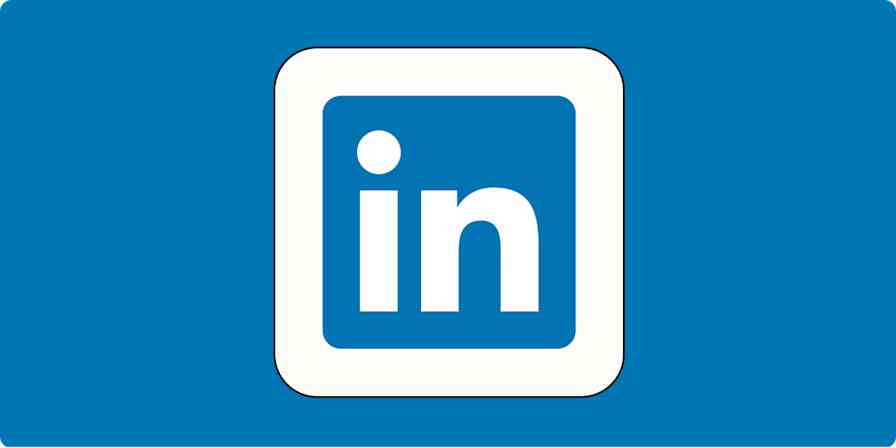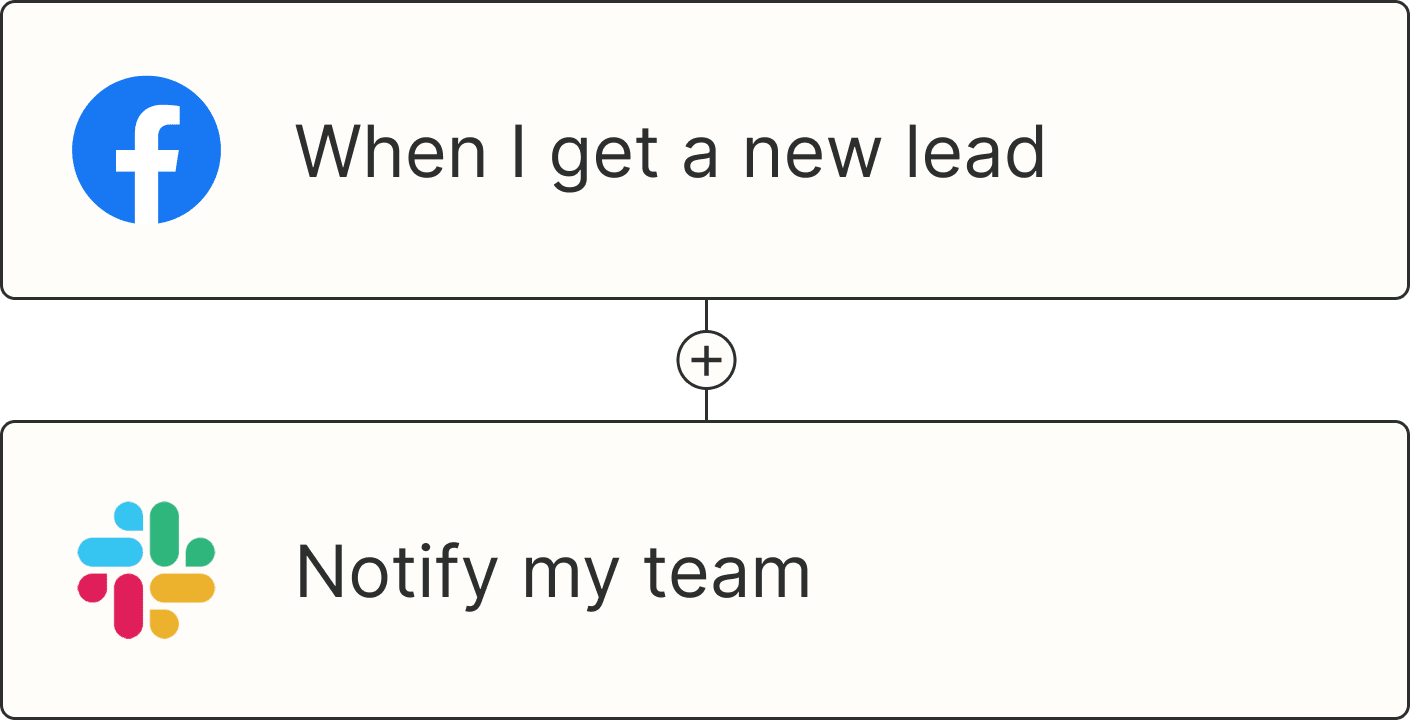The word portfolio used to conjure a real estate broker carrying a leather Filofax with images of expensive houses. But now portfolios belong to individuals. And not just creators or self-employed people—full-time employees have created their own creative portfolios to stand out from other applicants and land their dream job.
It helps to have a point of reference when you're assembling your own work portfolio, especially if it's your first one. So I rounded up seven unique portfolio examples—I'll walk you through each one and what you can learn from them.
Table of contents:
What is a portfolio?
A portfolio is a library of work samples that showcase your skills, expertise, and previous work. It goes beyond simply listing your previous roles and responsibilities at each job (a resume gets the job done there)—instead highlighting the actual work you did at those gigs.
Exactly what this looks like differs depending on the work you're highlighting. It's relatively straightforward for creatives: a writer might link to articles they've written; a photographer could embed shots from previous shoots; a graphic designer could showcase their best designs in context.
But you can still create a work portfolio even if you're in an industry that's not considered "creative":
Data analysts could show the reports they've worked on and include data visualizations.
Accountants might include case studies on how they've lowered their client's tax liabilities.
Sales reps could include anonymized screenshots of deals they've closed, or testimonials from happy customers who closed high-value deals off the back of their conversation.
In other words: a portfolio adds extra color and context to a list of job titles on a resume. And in a tough job market, more people are relying on portfolios to stand out when applying for gigs.
What makes a good work portfolio?
Creating a work portfolio isn't as simple as dumping a list of links, videos, or images onto a personal website. The best portfolios tick these four boxes.
1. Niche focus
Clients and employers want to know why you're the best fit for a particular role. The phrase "Jack of all trades, master of none" springs to mind.
Get specific with what you can do, and showcase this in your portfolio. For example, if you're a product photographer, don't include pictures from weddings you shot. Instead focus on the different styles of product photography that you can do, from flat lays to lifestyle shots.
2. Design and layout
Portfolios should make it easy for clients and employers to find what they're looking for. This gets tricky if you work across several industries or offer multiple services. In this case, use search bars, tags, and headings to help clients quickly find the style of work they're looking to hire you for.
3. Concrete results
The job of a portfolio is to get you hired. Concrete results—those you'd usually share on your LinkedIn bio or resume—act as an extra way to showcase your skills alongside visual examples.
"Focus on showing impact, not just listing tasks," advises EJ White, Head of Growth at beehiiv. "Employers want to know how you made a difference. Make it easy for them to see that by highlighting results that matter. So if you can, throw in some real numbers—they go a long way in building trust."
4. Social proof
Most clients and employers rely on references throughout the decision process. Social proof gives these references before the client or employer has to ask for it. It lets other people do the talking about how great you are, and this unbiased review could make the difference between you and another candidate.
Here's what social proof might look like in your creative portfolio:
Testimonials from happy clients
Qualifications or credentials you've earned
Endorsements from previous colleagues or industry experts
Media coverage you've secured
Before-and-after comparisons
For example, in my writing portfolio, I've included social media posts from people who've commented publicly on my writing. Prospective clients can also see keyword ranking reports for content I've written and testimonials from happy clients. This gives insight into what it's like working with me, as well as the types of results I can produce.

7 creative portfolio examples—and what you can learn from them
Before you start working on your own portfolio, here are seven examples to inspire you.
1. Katie, UGC creator

Katie is a freelance UGC creator, and her work portfolio showcases videos she's produced for previous clients. Her portfolio is built on Canva and is full of social proof, highlighting examples of content she can create for brands, divided into each niche (e.g., beauty, fashion, wellness).
What I love is that none of the videos start playing when you load the page. A big collection of moving images can be distracting for the viewer and even pull their attention away from the incredible results she's gotten for her clients. Instead, Katie disables autoplay and describes what each video covers above the clip. That way, clients can choose which ones they want to watch.
What you can learn from this video portfolio example:
You don't always need fancy website builders to make a portfolio.
Divide your projects by niche if your expertise spans multiple industries.
If you're including videos, turn the sound off and disable autoplay.
2. Tracy Rawlinson, freelance writer

Tracy Rawlinson is a freelance writer who uses her portfolio to showcase writing samples.
Instead of leaving it as just a list of links, Tracy treats her portfolio as a mini-sales page by pulling on pain points that her target client is experiencing.
The writing portfolio also includes screenshots of results, qualifications, client testimonials, and links to previous work categorized by niche—something Tracy says has taken thoughtful consideration to condense.
"Freelancing for three years has taught me that a cluttered portfolio isn't helpful," Tracy says. "At first, I included everything I'd written, way too much for clients to sift through. Now I've streamlined it into my three niches—HR, learning and development, and leadership—keeping only the pieces I'm most proud of."
What you can learn from this writing portfolio example:
Don't include everything in your portfolio—hand-pick the projects you're most proud of.
Treat your portfolio as a sales page that pulls on your ideal employer's or client's pain points.
3. Kirsty Hulse, coach

Kirsty Hulse offers confidence coaching services and uses a smartly designed portfolio to showcase the results she's gotten for previous clients. It's jam-packed with screenshots and traditional testimonials from people who can vouch for what she does.
But it's not just the social proof that makes Kirsty's creative portfolio stand out—it's the lighthearted language. Kirsty uses phrases (and even emojis) that her target audience uses themselves, which helps them envision what it's like to work with her. It's a subtle way of saying, "I understand you."
What you can learn from this coaching portfolio example:
Replicate the language and tone of voice that your ideal client/employer uses.
Offer a combination of social proof formats, including images, videos, screenshots, and text.
4. EJ White, growth marketer

EJ White is a superb example of how full-time employees use creative portfolios to stand out during the job application process. He created a simple one-pager to land his growth marketing role job beehiiv.
EJ focused heavily on the design of his portfolio. "You won't get lost because the navigation bar on the side makes it easy to move through different sections," he says. "Everything is laid out to tell a clear story, guiding visitors to the most relevant information. This made it easier for beehiiv's hiring team to quickly see how my experience aligned with their goals."
But EJ thinks it was the way he presented measurable results that ultimately sealed the deal. He says, "beehiiv hired me because I gave them something measurable. They saw the numbers and real business impact I had generated in previous roles, which made it easier for them to trust that I could do the same for them. When hiring managers see proof like that, it removes a lot of the guesswork."
What you can take away from this marketing portfolio example:
Highlight results (i.e., numbers) from previous work in your portfolio.
If your ideal job role has multiple responsibilities, use navigation menus to filter different projects that show how you've handled those responsibilities in the past.
5. Tom Wooley, illustrator

Tom Wooley is an illustrator who creates animated maps. His portfolio is the main section of his one-page website. It shows the art he's produced with filters and search functionality—both in the navigation menu and beneath each image—to help potential clients find pieces similar to what they're looking for.
Because this portfolio is the first thing prospective clients see when they visit Tom's website, he also has a brief description to explain his experience. Visitors can learn about previous clients (an extra layer of social proof) and connect with him on social media if they're not quite ready to reach out yet.
What you can learn from this art portfolio example:
Tag the type of work in your portfolio, then link to these categories to make your portfolio easy to navigate.
Nail your unique selling proposition and elevator pitch—and include it in your portfolio.
Share links to let prospective clients connect with you elsewhere (e.g., social media).
6. Grizzle, marketing agency

Grizzle is a marketing agency that combines a traditional landing page with a creative portfolio. At the bottom, you'll see a short form to book a free 30-minute intro call—a great incentive for potential clients to get in touch if they like what they see.
In this portfolio for its video production services, for example, you'll see clips of different videos the team has produced. Each one has a short blurb on why potential clients viewing the portfolio should hire them to create their own.
"The standout feature is definitely the showreel," founder Tom Whatley says. "It gives existing customers a strong idea of our capabilities."
Tom follows a unique design principle when designing Grizzle's landing pages: "'Start in the clouds and go into the dirt.' Give them a broad overview of your capabilities up front (e.g., a showreel) and then break it down by different formats, channels, etc. High-level assets like a showreel make a strong first impression, while sharing specific projects allow buyers to explore and research based on their needs."
What you can learn from this agency portfolio example:
Embed a form on your portfolio to capture interested hirers.
Offer an incentive for someone to complete the form, like Grizzle's free 30-minute intro call.
Mix high-level assets and specific projects to help clients find what they're looking for.
7. Charli Prangley, designer

Charli Prangley proves that the sole purpose of a portfolio doesn't always have to be to land a job. She works full-time as the Creative Director at software company Kit but also builds an audience by sharing her expertise on social media and YouTube.
Through her creative portfolio, Charli can demonstrate the projects she's worked on and showcase her design skills—which goes a long way in building credibility with her audience. She can prove that she's walking the walk.
What you can take away from this personal brand portfolio:
Portfolios aren't just for job seekers—they're valuable ways to demonstrate credibility and build an audience online.
Use a platform like Dribbble to create your portfolio without building an entirely new website from scratch.
Does the creative portfolio replace the resume?
Resumes have stood the test of time because they let employers standardize how they receive information from applicants. But that counteracts the premise of uncovering creative skills that let people do their jobs effectively.
A portfolio gives you the opportunity to showcase your work, rather than just talk about it. Cover all bases by using one alongside your resume to stand out from other applicants. And remember: social proof, smart navigation, and thoughtful design can go a long way.
If you're ready to get started, you can create a portfolio for free using Zapier Interfaces. With the visual builder, you can build a custom portfolio with built-in analytics and even password protection if you're showcasing sensitive content. Add forms to your portfolio and use the connected database to store leads—then send those leads wherever you need them, all automatically.
Related reading:









